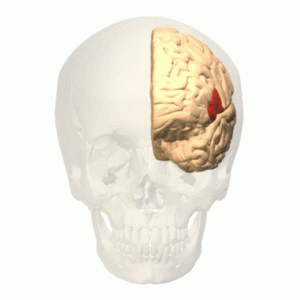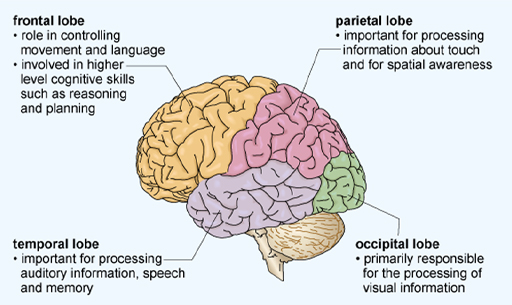3 Studying the brain
Neuroscience is the study of the brain and the nervous system. The earliest studies involved people with brains that had been damaged. Correlating the damage with observed impairments allowed scientists to build up a map of the brain, noting which regions are responsible for different tasks.
A pioneer in this field was a French physician, Pierre Paul Broca. In 1865, he published his results from studying twelve patients who all had difficulty in articulating speech, but who were otherwise able to comprehend language. His autopsies showed damage in the same area of the brain, suggesting its link to speech production. This region is now called Broca’s area.
While specific brain regions are principally devoted to certain functions (as seen in Figure 6, and in Video 3 earlier), neuroscientists today are discovering that complex functions require many different regions across the entire brain to work together, and that these locations in the brain are more flexible than previously believed.
So far, the brain has been discussed on the macroscopic scale. But what about the microscopic scale?


